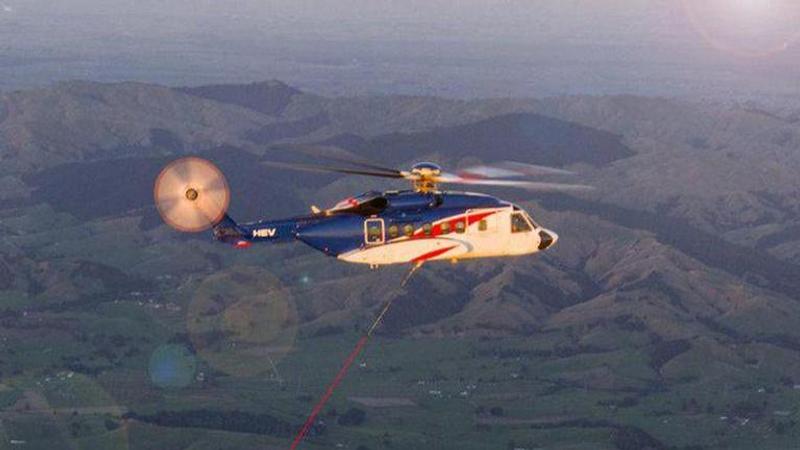Published 20:22 IST, April 26th 2022
Rocket Lab releases video on how it plans to catch a rocket with helicopter; WATCH
American aerospace firm Rocket Lab has released a short clip showing how it plans to catch a rocket with a helicopter under the "There and Back Again".

American aerospace firm Rocket Lab has released a short clip showing how it plans to catch a rocket with a helicopter under the "There and Back Again". In the video posted on Twitter, the company revealed that the mission team is conducting capture tests through a simulator. As for the mission, Rocket Lab said that it has been pushed to April 29 due to bad weather. Check out the rocket-catching video below.
In a mission update via Twitter, the company said, "For our first mid-air helicopter capture, we want ideal weather conditions so we can focus on the catch. The forecast is evolving through the week, so we’re now targeting no earlier than 28 April UTC (29 April NZST) for the launch of #ThereAndBackAgain". The mission will take off from Pad A at Launch Complex 1 on New Zealand’s Māhia Peninsula to deliver 34 satellites into space for various commercial customers.
Mission profile
Rocket Lab is conducting this mission using its 59-foot-tall flagship Electron rocket, which will be taking its 26th overall orbital flight. The California-based firm says that the forthcoming mission is the "next major step in the Company’s development program to make Electron a reusable rocket". Rocket Lab will use a customised Sikorsky S-92 helicopter which is a twin-engine chopper usually used for tasks such as offshore oil gas transport as well as search and rescue operations.
The helicopter will be positioned 280 kilometers off the New Zealand coast to catch the first stage of Electron, which would separate from the payload-carrying second stage after two minutes 60 seconds. Once separated, the first stage would fall back to Earth and deploy parachutes to decrease its descending velocity to about 36 kilometers per hour. In the next step, the helicopter will catch the booster's parachute line with a hook.
In another tweet, Rocket Lab also said that the mission team would attempt an at-sea offload for the first time. "This would see the helicopter offload Electron’s first stage onto our recovery vessel after the mid-air capture, ready for transport back to our production complex for analysis", the company's tweet read.
Updated 20:22 IST, April 26th 2022



